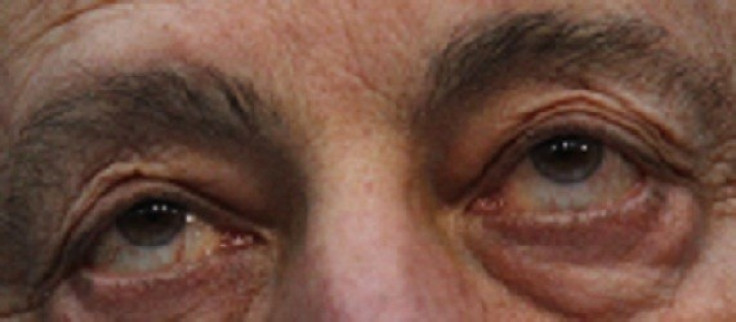Scientists Use Stem Cells to Cure Blindness

Scientists from Advanced Cell Technology Inc. in Marlborough and the University of California, Los Angeles (UCLA) have found a way to cure blindness with the help of stem cells, which are biological cells found in all multi-cellular organisms.
The scientists used stem cells to help two elderly blind women regain a degree of their vision. The two women, a 50-year-old and a 70-year-old, suffered from Stargardt's Macular Dystrophy and dry age-related macular degeneration, respectively.
Both women underwent stem cell transplantation surgery last July.
During the surgery, the patients received low doses of stem cell-derived retinal pigment epithelial (RPE) cells, which is a tissue located between the choroids and the neural retina. It supports, protects and provides nutrition for the light-sensitive photoreceptors in the eye. After the surgery, the patients received immunosuppressant therapy for few weeks. The researchers monitored both patients for four months.
At the end of the trial period, the woman with dry age-related macular degeneration could read whereas the other could not. However, the second woman recovered enough eyesight to be able to partially see her children, just a few weeks after the surgery.
Stargardt Macular Dystrophy begins to damage both eyes during one's childhood although the effect of this disorder is seen in the late 30s and 40s. Children with this disorder have difficulty in reading and complain of gray or black spots at the center of their vision.
Dry age-related macular degeneration damages both eyes. It occurs in elderly people. People with this disorder find it difficult or sometimes impossible to read or recognize faces.
"We are honored to have the opportunity to work with one of the foremost eye care centers in the world," said Gary Rabin, Chairman of Advanced Cell Technology.
"This clinical trial represents the culmination of years of innovation and hard work by ACT's scientific team. The whole world is focused on our trials, most especially patients suffering from dry AMD and other forms of macular degeneration. Wills Eye Institute has a strong tradition of innovation and discovery, and we are excited at their participation in bringing this cutting-edge technology through the clinic," he added.
© Copyright IBTimes 2024. All rights reserved.





